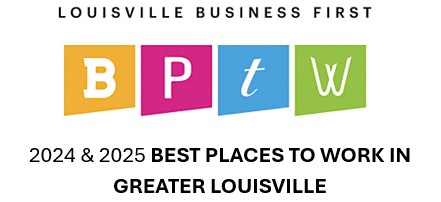According to the US Department of Energy, commercial buildings account for 35% of US electricity consumption. Proper heating, ventilating, and air-conditioning (HVAC) are key to maintaining a comfortable, healthy and productive work environment. Collectively, these systems account for approximately 40% of the electricity used in commercial buildings. Improved heating and cooling performance along with substantial energy savings can be achieved by implementing energy-efficiency measures.download Spider-Man: Homecoming movie now
The majority of all commercial building owners and managers recognize that energy efficiency retrofits have the potential to yield substantial savings on operating costs, while reducing a building’s environmental footprint.
Here are just a few of the reasons why these retrofits are becoming more popular:
- Existing financing structures have become more acceptable, each serving certain segments of the marketplace: (i) traditional debt (loans and bonds), (ii) shared savings with Energy Performance Contracts (ESCO), (iii) Tax-Exempt Lease-Purchase Agreements, (iv) Capital Leases, (v) New Market Tax Credits, (vi) Lease or Bond Pools, (vii) On-Bill Financing, (viii) Tax Lien Financing/Property Assessed Clean Energy (PACE) bonds, (ix) Power Purchase Agreements and (x) Energy Efficient Mortgages.
- Performance Contracting is being used as a turn-key solution for sustainable energy retrofit projects. ESCO’s can also assist in securing existing third-party financing.
- Green leases and green tenant demands are on the rise, causing landlords to support these market demands through increased energy efficiency. Tenants ultimately incur the cost of the retrofits, but they also see the direct benefits in the lower operating expenditures.
- In order to meet legislative greenhouse gas (carbon reduction) mandates at the federal, state and local levels, large-scale retrofit projects, in which combined technologies are utilized to optimize buildings as a whole system, will have to be utilized on a national basis.
- Advancements in building automation technologies and the convergence of information technology and building data are making it easier to see savings. This collection of information and analysis of data in central databases affords building owners and operators the ability to not only track and identify where a building’s energy inefficiencies lie but also allows for the creation of specialized solutions when effectuating each applicable retrofit. Post-retrofit, these technologies monitor, adjust and synchronize a comprehensive infrastructure that reduces energy consumption on a real-time basis and interfaces with smart meters and smart grids.
- One of the fastest-growing LEED rating systems over the past few years has been LEED for Existing Buildings Operating and Maintenance (LEED-EB: O&M). This quantifiable measurement and certification standard, and others, will continue to assist the marketplace in monetizing the value applied to sustainable/energy retrofits.
Air Equipment Company is heavily invested in the energy retrofit market. We have many tools at our disposal that allow us to work with Performance Contractors or directly with building owners to show real HVAC energy saving opportunities.



